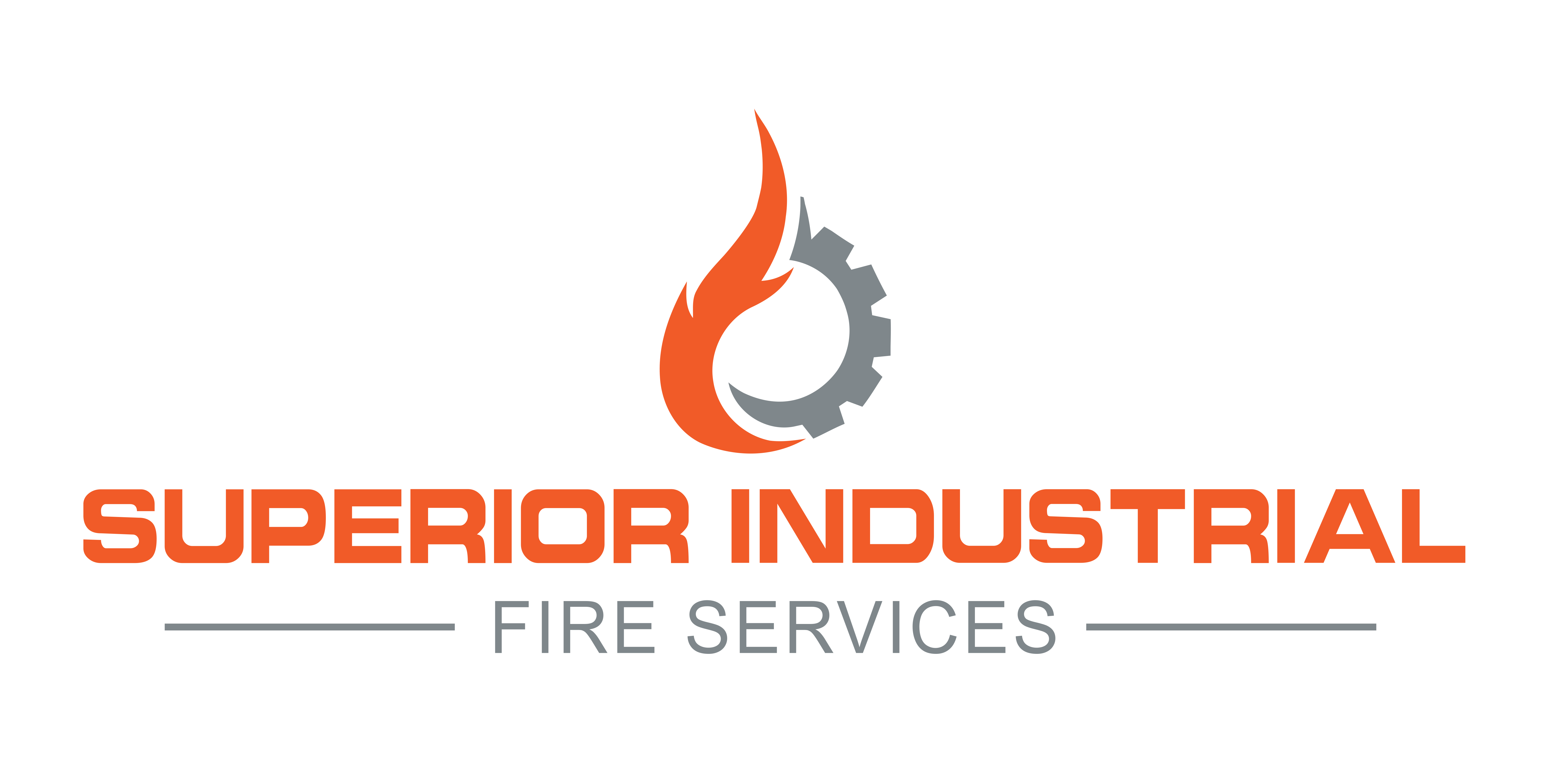Superior Industrial Fire Services, Inc.
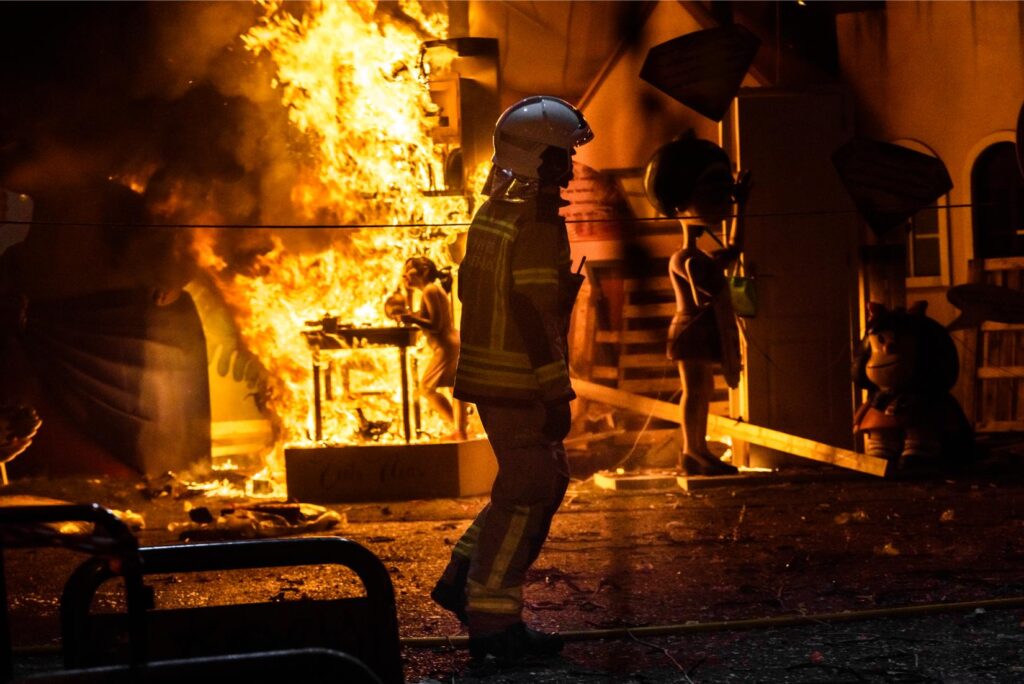
In industrial settings, a well-prepared workforce can be the key difference between a manageable incident and a catastrophic event. Superior Industrial Fire Services (SIFS) is dedicated to helping industries across the United States develop robust emergency preparedness strategies, including safety drills tailored to each facility’s unique risks. Regular safety drills and a clear emergency preparedness plan ensure that employees are trained, aware, and ready to respond effectively in a fire emergency, protecting lives and minimizing damage.
Safety drills are a fundamental part of industrial emergency preparedness, helping employees understand their roles in an emergency and practice the skills needed to respond to fires or other incidents. Drills simulate real-life scenarios, providing an opportunity to evaluate procedures, test equipment, and reinforce knowledge.
Benefits of Regular Safety Drills:
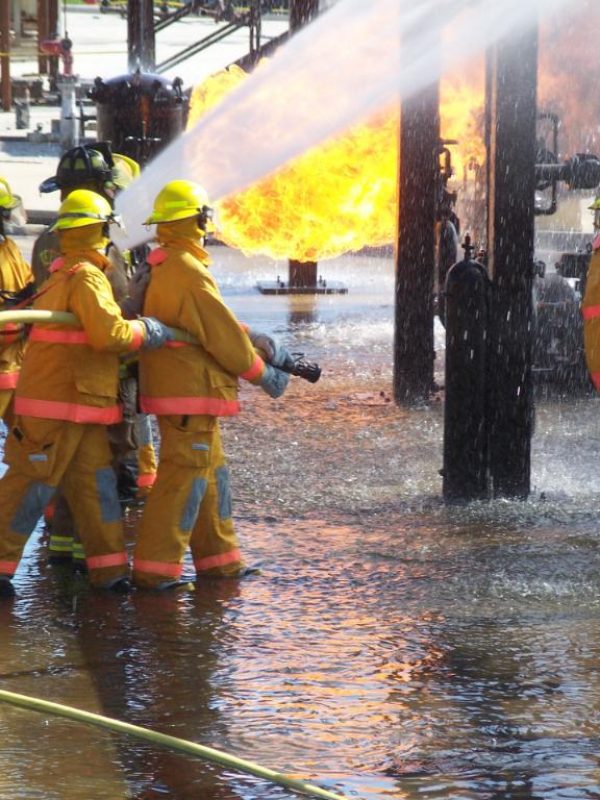

An effective emergency preparedness plan in industrial settings encompasses not only fire response but also a range of possible emergencies, from hazardous material spills to severe weather. Each plan should be tailored to the facility’s specific layout, equipment, and risks.
Essential Components of an Emergency Preparedness Plan:
In industries, safety drills can vary depending on the specific risks present. Each drill should be designed to address particular emergency scenarios that are most relevant to the facility.
Common Types of Safety Drills in Industrial Settings:
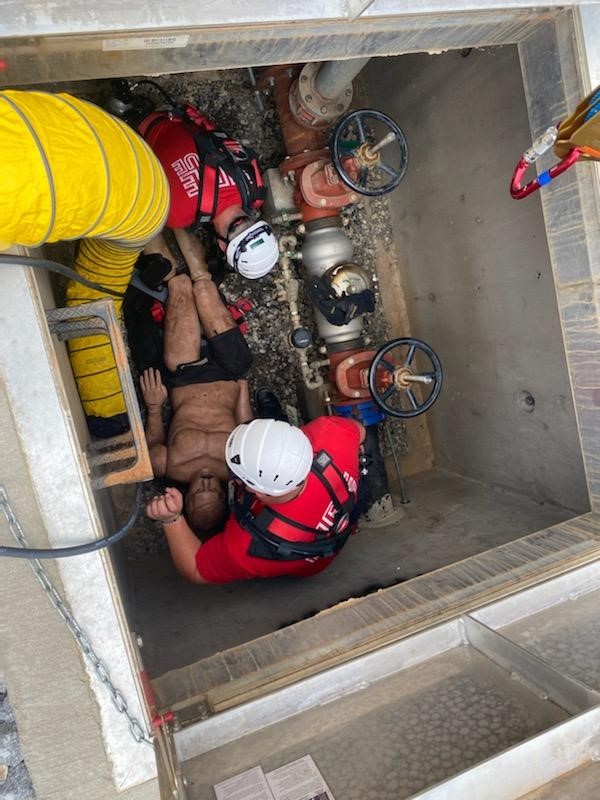
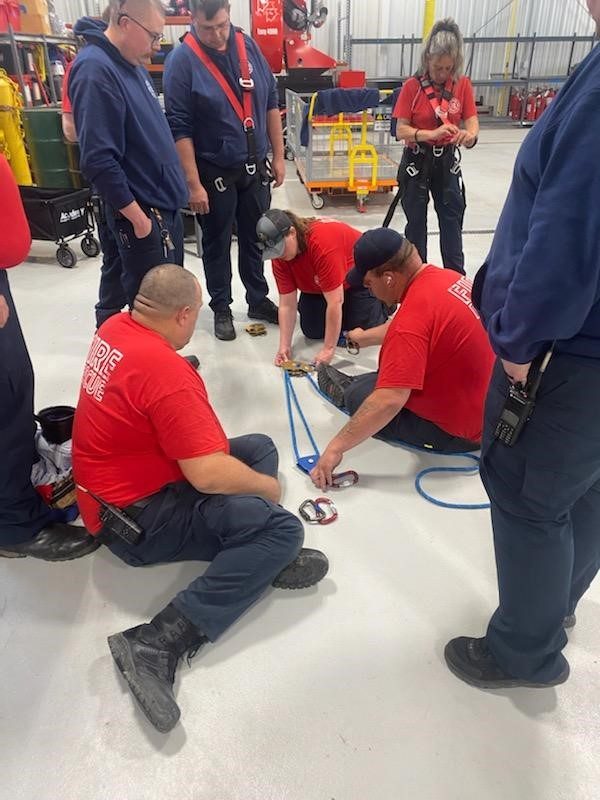
To maximize the effectiveness of safety drills, it is essential to follow best practices that engage employees and ensure continuous improvement. Drills should be both regular and varied, allowing employees to practice different scenarios and enhance their preparedness.
Best Practices for Successful Safety Drills:
Superior Industrial Fire Services provides expert guidance and training to help industries develop and implement effective safety drills and emergency preparedness plans. Our team works closely with clients to assess risks, design tailored drills, and establish procedures that are efficient, compliant, and practical. By choosing SIFS, you’re investing in a safer workplace, where employees are prepared, confident, and capable of responding to any emergency. With a focus on safety, reliability, and compliance, Superior Industrial Fire Services is the trusted partner in industrial fire safety and emergency preparedness.
